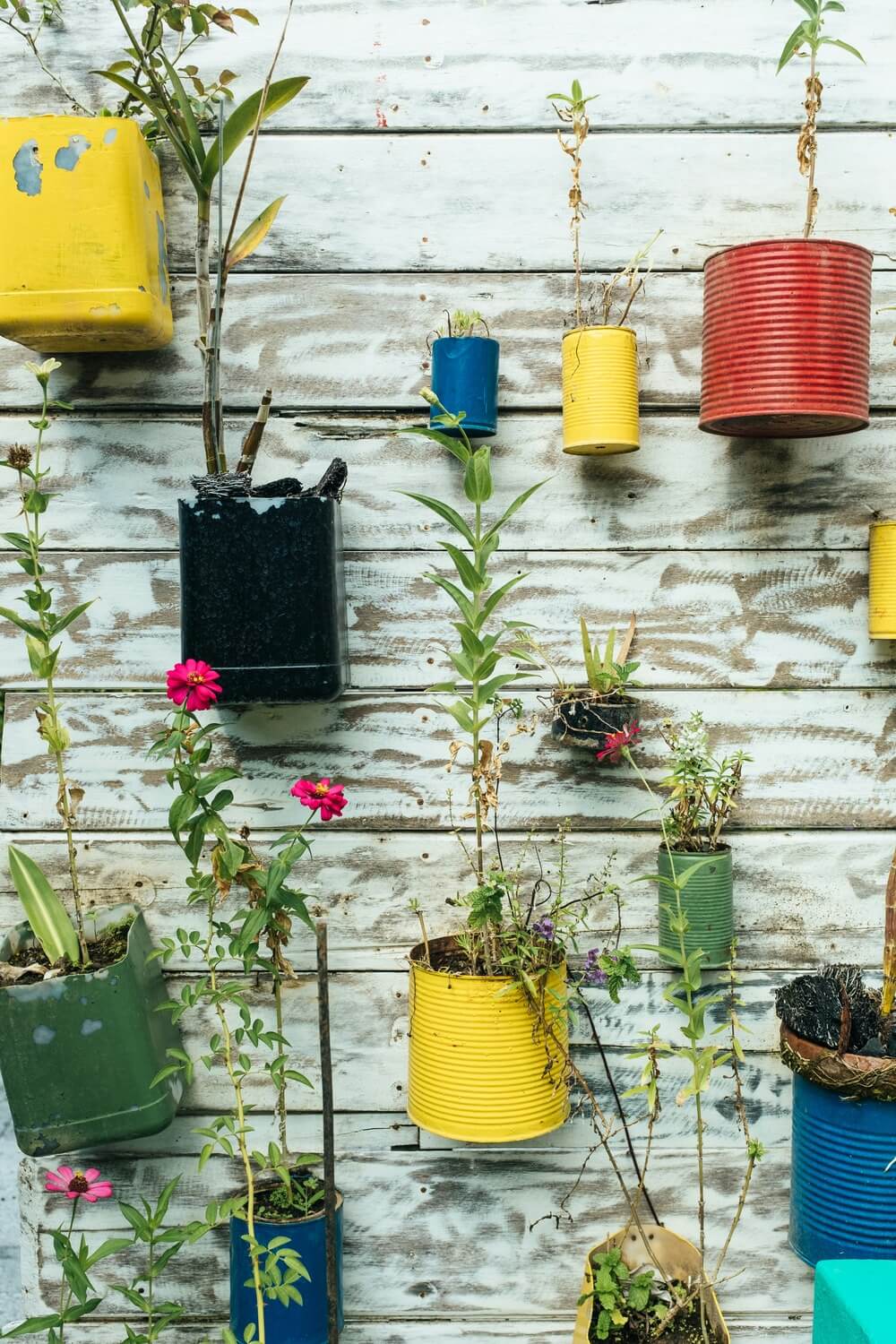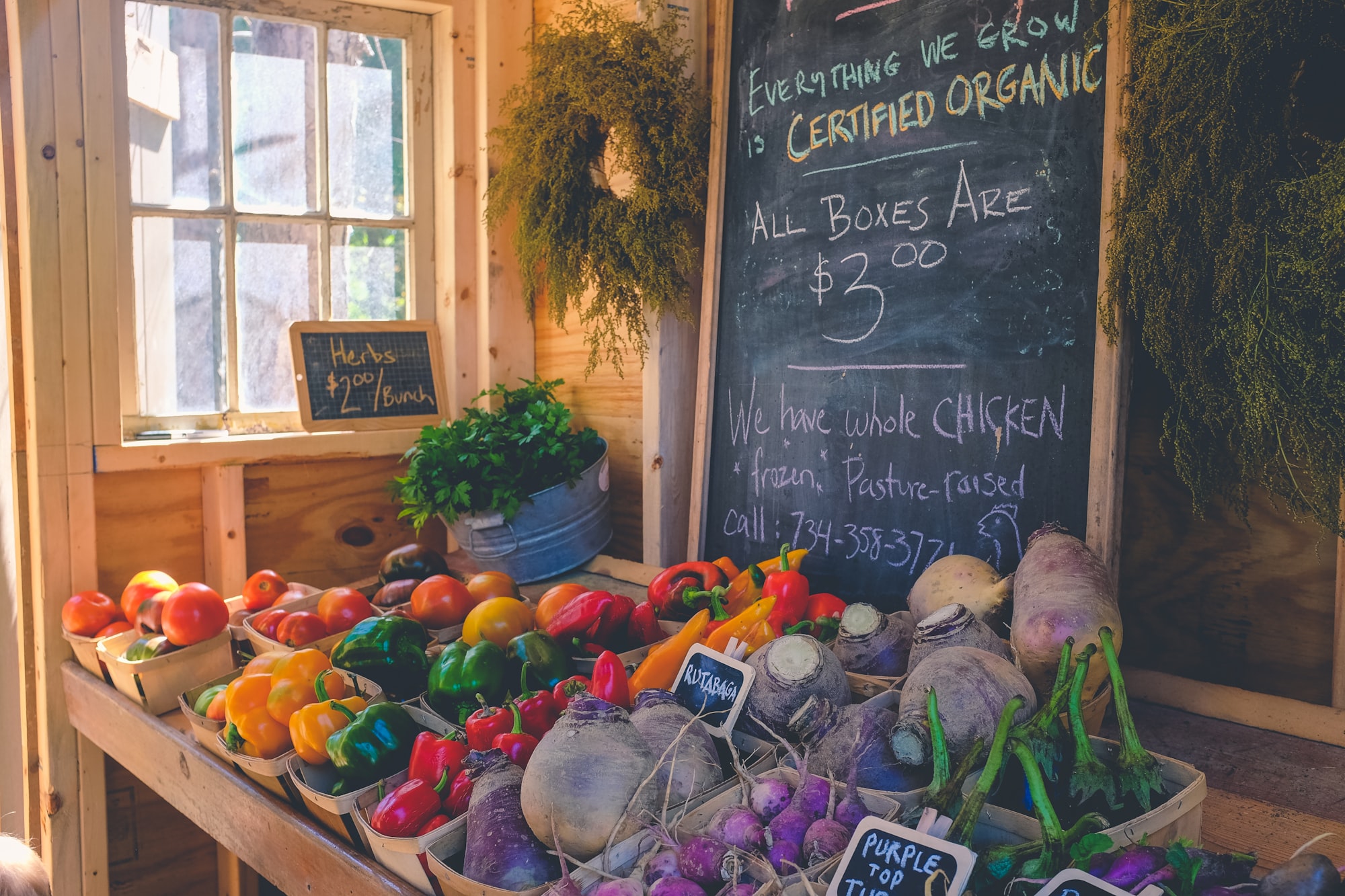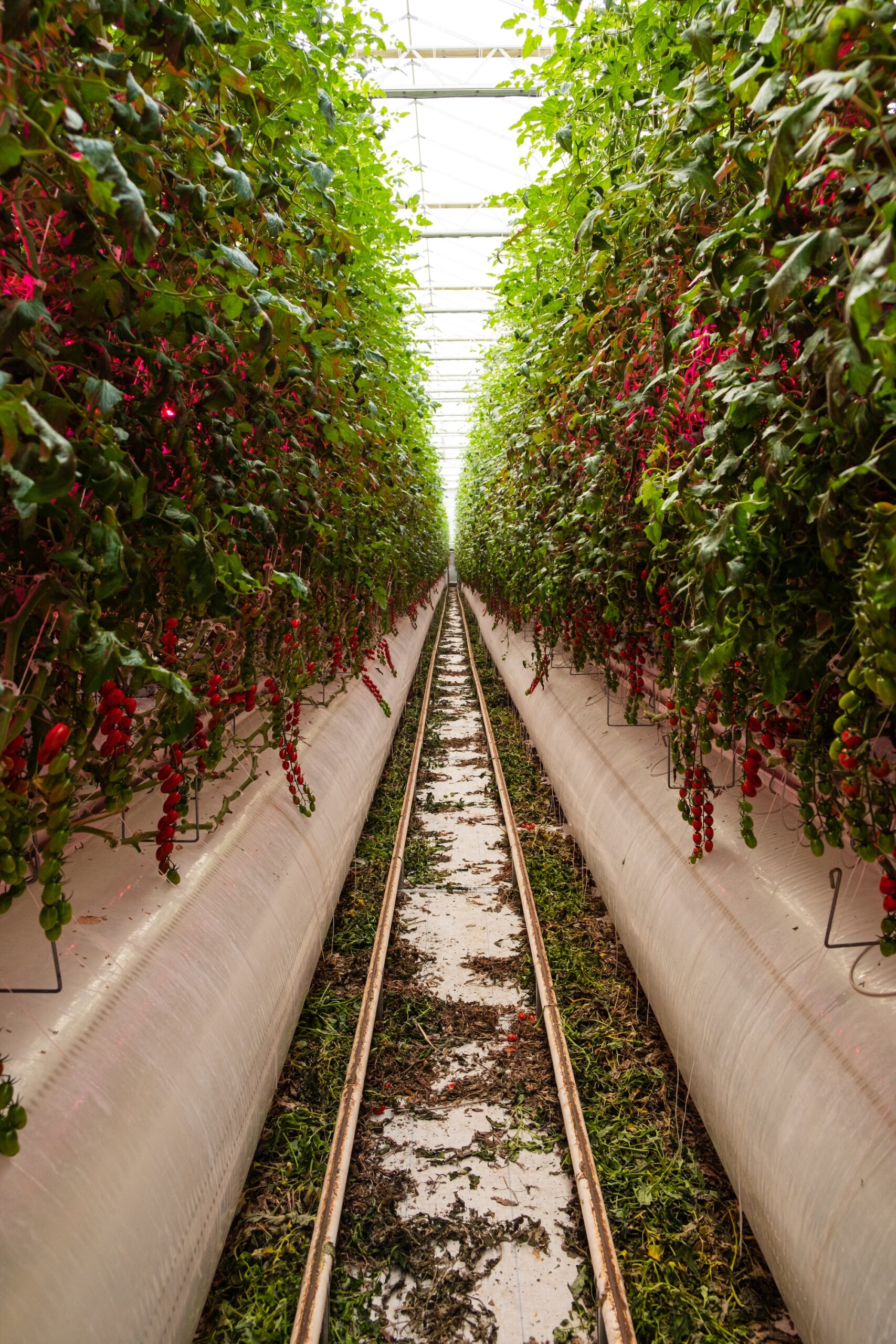
A steeply sloping garden can seem like a major challenge. But it can be an opportunity too. Careful planting – with both shallow-rooted and deep-rooted plants – can help stabilize a slope and prevent excessive runoff and erosion.
But if you are prepared to put in some more work, there are interesting and bold ideas that will really help you make the most of a hilly space, and perhaps even turn it into an advantage. Here are a few examples of the ways in which you might make the most of a steeply sloping garden:
Terracing Earthworks
The first and most obvious way to make the most of a hillside site is to terrace it in order to slow water and turn it into a more productive growing area. In some cases, you may be able to terrace with fencing, mulches, and careful plant choices. In other places, more labor-intensive digging may be required.
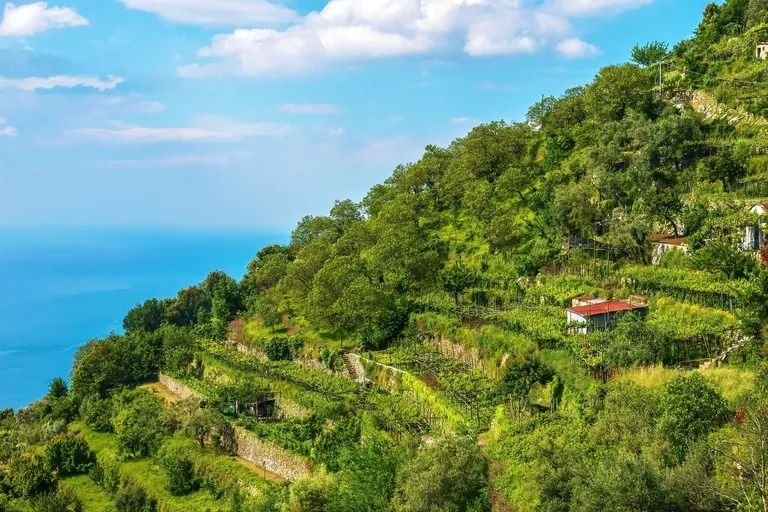
But in many cases, terracing a steeply sloping site and planting up each tier can be the most effective use of the space. The terraces can be used in the creation of a forest garden scheme, with perennial planting. Or utilized for annual/biennial polycultures. Well-designed terraces can help with water and soil management, and will also make it easier for you to get around your site.
Gravity-Fed Water/Irrigation Systems
Another important thing to remember about a steeply sloping garden, whether you terrace it or not, is that the sharp change in elevation is something you can often use to your advantage when planning a water management or irrigation system for the site.
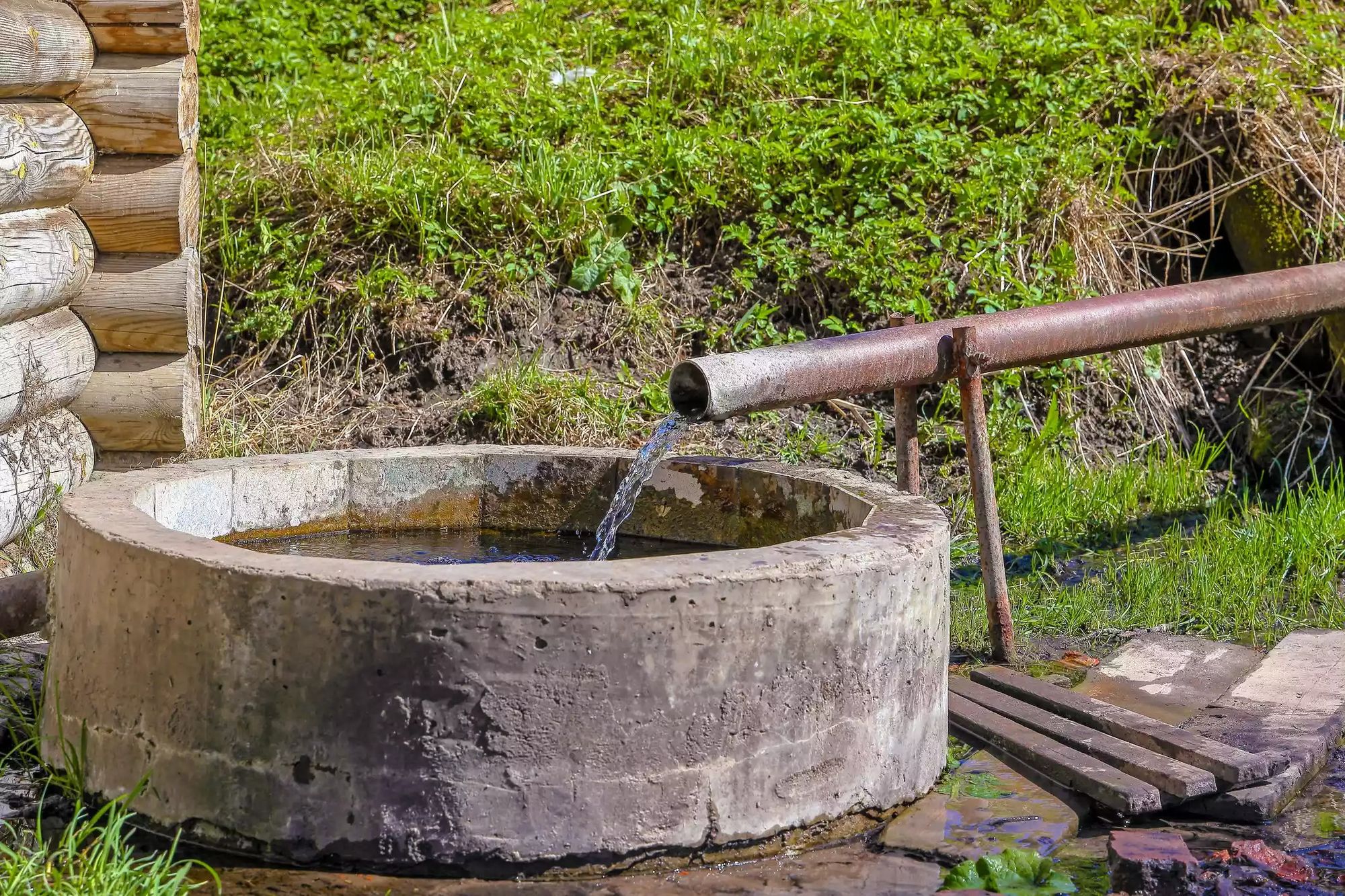
While, often, your goal in water management will be to slow the flow of water downhill, sometimes you won’t just want to slow flow, but will also wish to channel water to a particular spot in your garden – annual production areas, for example. In certain cases, a steep slope can be beneficial because it can allow you to position tanks or water cisterns at the top, with gravity pipes down to further collection points or, for example, a drip irrigation system downhill. In certain specific examples, you might even be able to generate energy from the flow of water downhill.
An Earth-Sheltered Greenhouse
On south facing steep slopes (in the northern hemisphere) you might also be able to build into the slope, taking advantage of its thermal mass. A partially earth-sheltered greenhouse, built into a sunny slope, can be a wonderful place to grow food throughout the year.
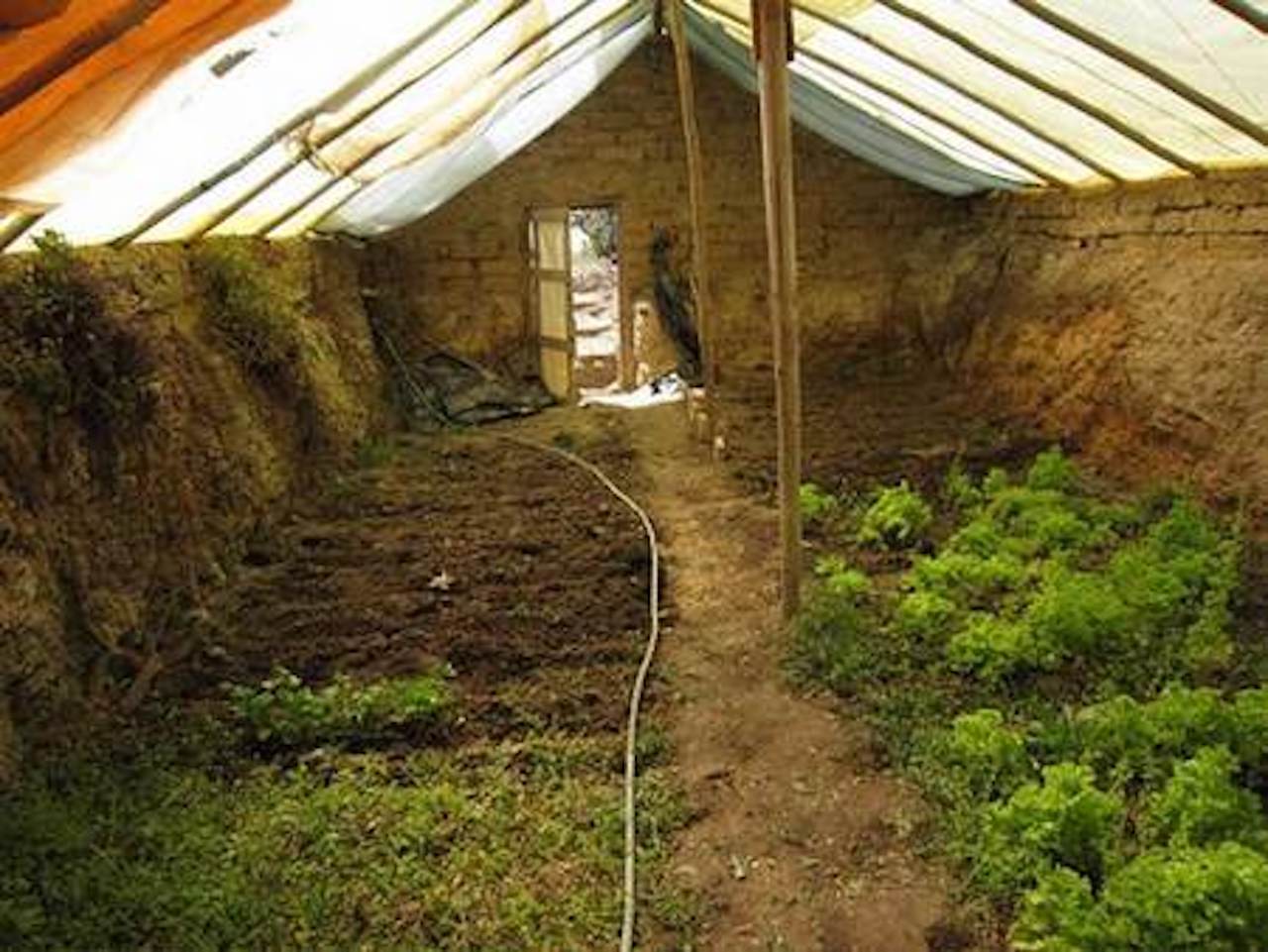
It could play an important role in extending your growing season and increasing the range of crops you are able to grow successfully where you live. Earth bags can be one effective way to retain a slope that you build into in this way.
Or a Summerhouse/Garden Building
A reasonable sunny slope could also be a good spot to build in a partially earth-sheltered summerhouse or garden building. Again, making the most of the mass of the earth behind it can keep the temperatures within the space more stable over the course of the year. Such a building can be an extremely useful addition to your outside space. It could be a home office, perhaps, an art studio or workshop, or just a space for rest and relaxation.
An Earth-Sheltered Root Cellar
If the space is north-facing and much cooler and more shaded, you could still consider the potential to build into a steep slope. In some situations, building into the bank could allow you to create an earth-sheltered root cellar where you can store some of your homegrown produce.
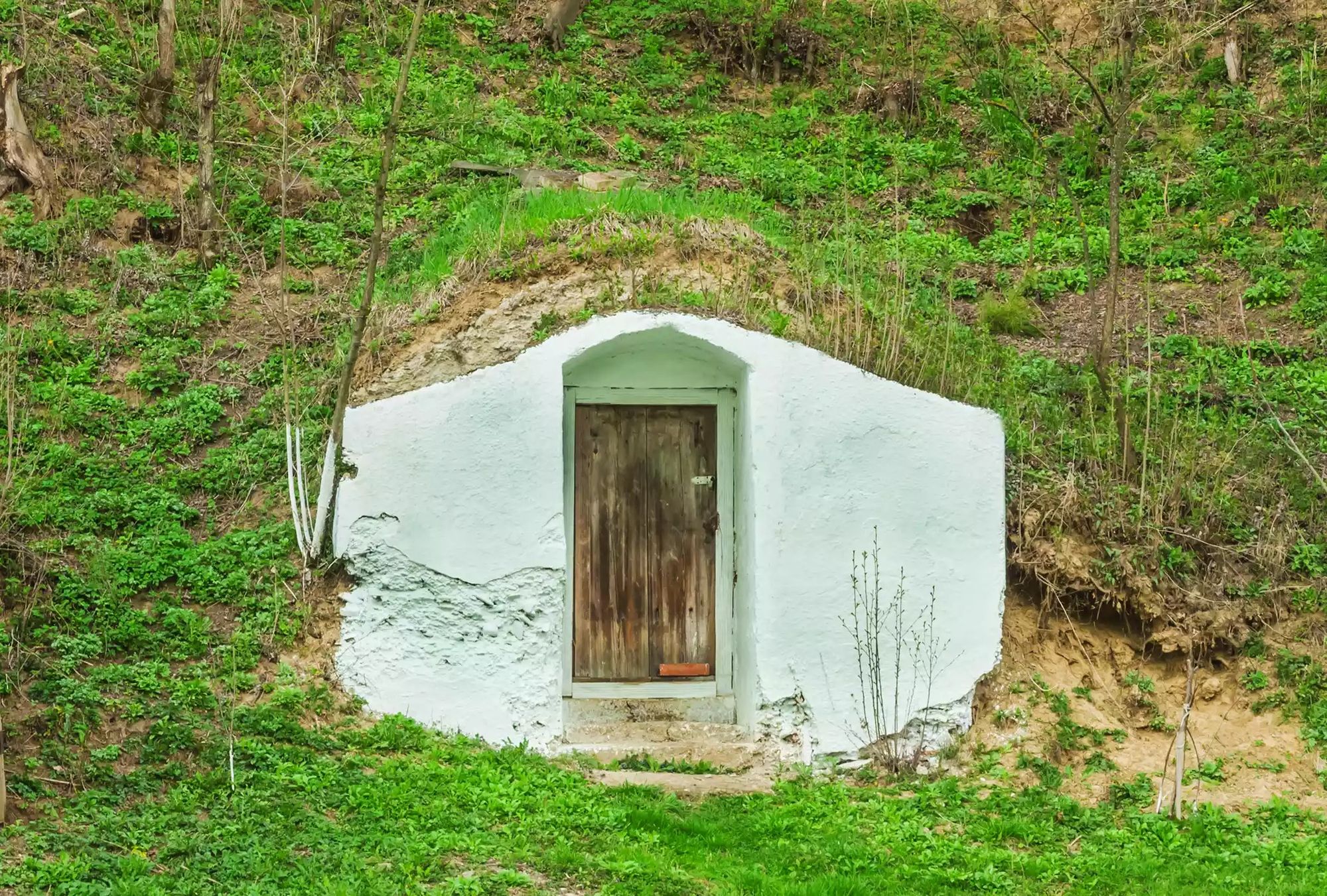
An earth-sheltered root cellar can be extremely useful for food preservation and could be a very good idea where you do not have a suitable spot for winter food storage inside your home. If the design is good, it will be easier to maintain the right temperatures and humidity.
Of course, all of the above ideas should be carefully planned and implemented, in a way that is suitable for your specific garden. Sloping sites must always be managed with care in order to prevent any problems related to water and landslips. But being a little bolder and grander in the ideas you consider for a steeply sloping area can really help you embrace its natural advantages, and make the most of the terrain on your site.

